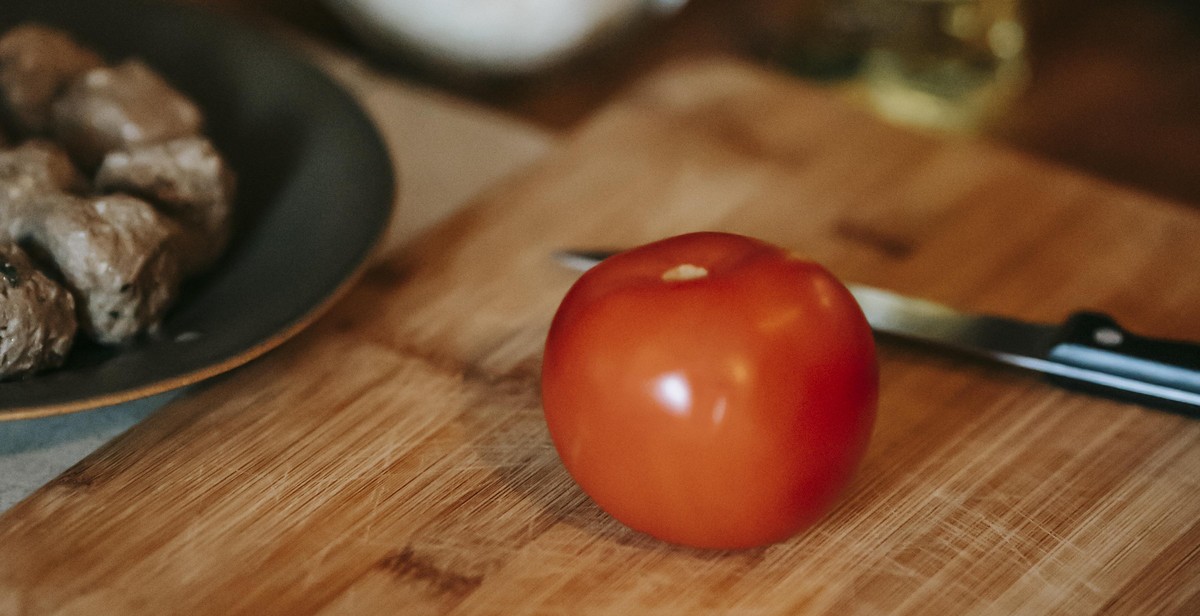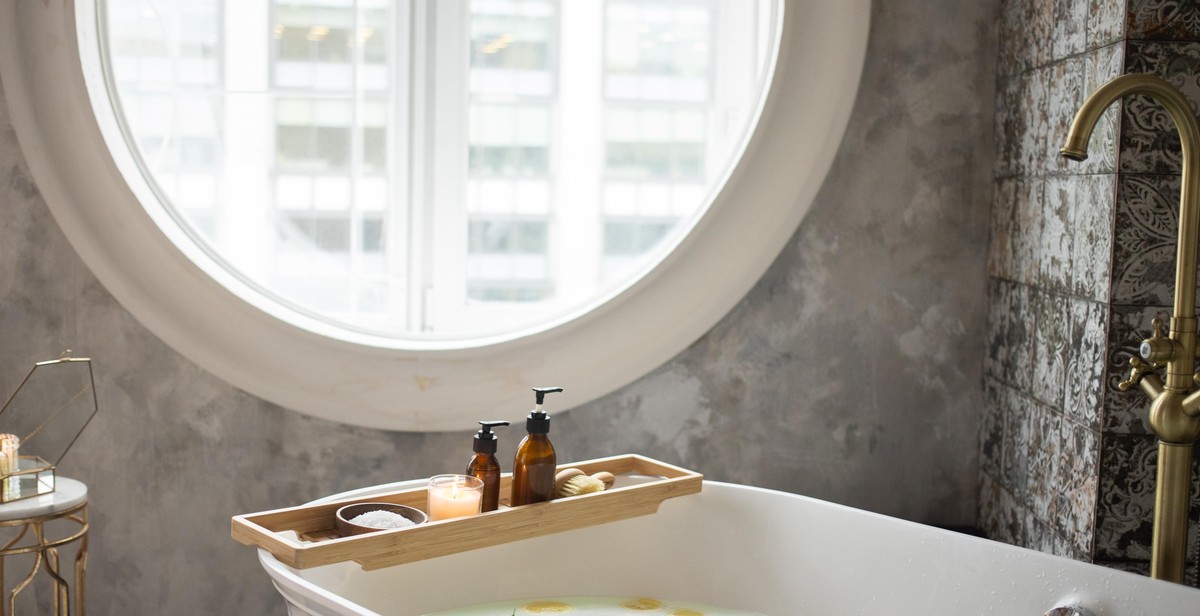Introduction: Why Make Your Own Bath Salts?
There’s nothing quite like a relaxing soak in a warm bath after a long day. While bubble baths and bath bombs have become popular in recent years, traditional bath salts are still a favorite for many people. Bath salts are known for their therapeutic benefits, including relieving stress, soothing sore muscles, and improving skin health.
While you can easily purchase bath salts at the store, making your own can be a fun and rewarding DIY project. Not only can you customize the scent and color to your liking, but you can also ensure that your bath salts are made with all-natural ingredients without any harmful chemicals.
Another advantage of making your own bath salts is that it can be more cost-effective than purchasing pre-made ones. With just a few simple ingredients, you can create a large batch of bath salts that will last you for several baths.
The Benefits of Natural Homemade Bath Salts
When you make your own bath salts, you have full control over the ingredients that you use. By choosing natural ingredients, you can avoid harsh chemicals that may be found in store-bought bath salts. You can also experiment with different essential oils and herbs to create a unique blend that suits your specific needs.
Additionally, making your own bath salts can be a great way to reduce waste. Instead of purchasing bath salts in plastic packaging, you can store your homemade salts in reusable glass jars or containers.
- Customizable scent and color
- All-natural ingredients
- Cost-effective
- Reduced waste
In the following sections, we’ll go over the basic ingredients and steps to make your own natural homemade bath salts. With a little creativity and experimentation, you can create a luxurious and relaxing bath experience right in your own home.
Benefits of Homemade Bath Salts
Using homemade bath salts is not only a luxurious way to unwind after a long day, but it also offers several benefits for your skin and overall health. Here are some of the top benefits of using homemade bath salts:
Better for Your Skin
Unlike commercial bath salts that may contain harsh chemicals and artificial fragrances, homemade bath salts are made with natural ingredients that are gentle and safe for your skin. The ingredients used in homemade bath salts, such as Epsom salt, sea salt, and essential oils, can help to soothe and nourish your skin, leaving it soft and supple.
Epsom salt, for example, is rich in magnesium, which can help to reduce inflammation and improve skin hydration. Sea salt, on the other hand, contains minerals like potassium and calcium, which can help to detoxify and exfoliate the skin, leaving it looking and feeling rejuvenated.
Cost-effective
Making your own bath salts at home is not only better for your skin, but it’s also a cost-effective way to enjoy the benefits of a luxurious spa treatment without breaking the bank. The ingredients used in homemade bath salts are affordable and easy to find, and you can customize the recipe to suit your preferences and budget.
Customizable
One of the best things about homemade bath salts is that you can customize the recipe to suit your individual needs and preferences. You can choose your favorite essential oils to create a unique scent, or add dried flowers or herbs for added texture and visual appeal.
You can also adjust the amount of salt and other ingredients to create a stronger or milder bath salt recipe depending on your personal preference. This means that you can create a truly personalized spa experience right in the comfort of your own home.
| Benefits of Homemade Bath Salts |
|---|
| Better for Your Skin |
| Cost-effective |
| Customizable |
Overall, using homemade bath salts is a great way to pamper yourself while reaping the benefits of natural and affordable ingredients. With a little bit of creativity and experimentation, you can create a customized bath salt recipe that will leave you feeling relaxed, rejuvenated, and refreshed.
Ingredients for Natural Homemade Bath Salts
When it comes to making your own natural homemade bath salts, the ingredients you choose can make all the difference. Here are some of the key ingredients you will need to create a luxurious and rejuvenating bath experience:
Base Salt
The base salt is the foundation of your bath salts. You can use a variety of salts, including Epsom salt, sea salt, Himalayan pink salt, and Dead Sea salt. Each type of salt has unique benefits for the skin and body. For example, Epsom salt is known for its muscle-relaxing properties, while Dead Sea salt is rich in minerals that can help soothe and detoxify the skin.
Essential Oils
Essential oils are the key to adding fragrance and therapeutic benefits to your bath salts. Some popular essential oils for bath salts include lavender, peppermint, eucalyptus, and chamomile. Lavender is known for its calming properties, while peppermint can help invigorate and refresh the senses. Be sure to choose high-quality essential oils that are pure and safe for use on the skin.
Dried Herbs and Flowers
Dried herbs and flowers can add color, texture, and additional benefits to your bath salts. Some popular options include rose petals, calendula, chamomile, and lavender buds. These botanicals can help soothe and nourish the skin, while also providing a beautiful visual element to your bath salts.
| Ingredient | Benefits |
|---|---|
| Base Salt | Provides a foundation for the bath salts and offers unique benefits for the skin and body |
| Essential Oils | Adds fragrance and therapeutic benefits to the bath salts |
| Dried Herbs and Flowers | Adds color, texture, and additional benefits to the bath salts |
By choosing high-quality ingredients and experimenting with different combinations, you can create a personalized and rejuvenating bath experience in the comfort of your own home.

Recipes
Here are three different recipes for natural homemade bath salts that will leave you feeling relaxed, soothed, and invigorated. Each recipe includes a mix of different salts, essential oils, and dried herbs that work together to create a luxurious and nourishing bath experience.
Relaxation Blend
- 1 cup Epsom salt
- 1/2 cup sea salt
- 1/2 cup baking soda
- 10 drops lavender essential oil
- 1/4 cup dried lavender buds
This recipe is perfect for unwinding after a long day. The combination of Epsom salt, sea salt, and baking soda helps to relax muscles and detoxify the body, while the lavender essential oil and dried lavender buds provide a calming and soothing aroma.
Soothing Eucalyptus
- 1 cup Epsom salt
- 1/2 cup sea salt
- 1/2 cup baking soda
- 10 drops eucalyptus essential oil
- 1/4 cup dried eucalyptus leaves
This recipe is great for those who need a little extra help with respiratory issues or sore muscles. Eucalyptus essential oil is known for its respiratory benefits, while the combination of Epsom salt, sea salt, and baking soda helps to soothe muscles. The dried eucalyptus leaves add an extra touch of relaxation.
Invigorating Citrus
- 1 cup Epsom salt
- 1/2 cup sea salt
- 1/2 cup baking soda
- 10 drops grapefruit essential oil
- 1/4 cup dried orange peel
This recipe is perfect for morning baths or for those who need a little pick-me-up. Grapefruit essential oil is known for its energizing and uplifting properties, while the combination of Epsom salt, sea salt, and baking soda helps to detoxify and rejuvenate the body. The dried orange peel adds an extra touch of citrusy goodness.

Packaging and Storage
After making your natural homemade bath salts, it is important to package and store them properly to maintain their quality and effectiveness. Here are some tips for choosing the right container, labeling your bath salts, and proper storage:
Choosing the Right Container
The container you choose for your bath salts should be airtight, moisture-resistant, and durable. Glass jars with tight-fitting lids are a popular choice because they are non-reactive and do not leach harmful chemicals into the salts. Plastic containers should be avoided as they can react with the salts and degrade their quality. If you prefer to use plastic, make sure it is BPA-free and food-grade.
Labeling Your Bath Salts
Labeling your bath salts is important for several reasons. First, it helps you keep track of the ingredients you used and the date you made them. Second, it informs the user of what the bath salts contain and how to use them. When labeling your bath salts, include the name of the blend, the ingredients, and any warnings or precautions. You can also include decorative labels or tags to make your bath salts more visually appealing.
Proper Storage
Proper storage is crucial to maintaining the quality and effectiveness of your bath salts. Store them in a cool, dry place away from direct sunlight and moisture. Exposure to heat and humidity can cause the salts to clump and lose their fragrance. Avoid storing your bath salts in the bathroom, as the moisture and steam from the shower can also degrade their quality. If you live in a humid climate, consider using a desiccant packet or silica gel to absorb excess moisture.
| Tip | Explanation |
|---|---|
| Choose an airtight, moisture-resistant container | Glass jars with tight-fitting lids are recommended |
| Avoid plastic containers | If using plastic, make sure it is BPA-free and food-grade |
| Label your bath salts | Include the name of the blend, ingredients, and warnings or precautions |
| Store in a cool, dry place away from direct sunlight and moisture | Avoid storing in the bathroom and use a desiccant packet or silica gel in humid climates |
Conclusion
Creating your own natural homemade bath salts is an easy and affordable way to enhance your bath time experience. By using natural ingredients, you can avoid harsh chemicals and synthetic fragrances that can irritate your skin and harm the environment.
Experiment with different ingredients and scents to find the perfect bath salt blend for your needs. Whether you want to relax after a long day, soothe sore muscles, or invigorate your senses, there’s a bath salt recipe out there for you.
Remember to store your bath salts in a dry, airtight container to prevent them from clumping or losing their fragrance. And always test a small patch of skin before using a new bath salt blend, especially if you have sensitive skin or allergies.
With these tips and tricks, you can create your own spa-like experience at home with natural, homemade bath salts. So why not treat yourself to a little self-care and indulge in a luxurious bath tonight?
- Use natural ingredients to avoid harsh chemicals and synthetic fragrances
- Experiment with different blends to find the perfect bath salt recipe for your needs
- Store your bath salts in a dry, airtight container to maintain their fragrance
- Test a small patch of skin before using a new bath salt blend
- Enjoy a spa-like experience at home with natural, homemade bath salts
